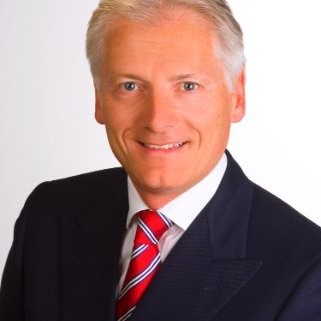- Video Library
- Karl Schweitzer, Eyetronic - Electrical Stimulation to Restore Vision | LSI USA '24
Karl Schweitzer, Eyetronic - Electrical Stimulation to Restore Vision | LSI USA '24

Karl Schweitzer
International med-tech executive and entrepreneur in corporate and start-up settings highly successful in senior leadership, board and advisory roles. Result driven. IPO and fund-raising experience. Launched several industry firsts such as trans-catheter heart valves and non-invasive optic nerve stimulation.
Karl Schweitzer
International med-tech executive and entrepreneur in corporate and start-up settings highly successful in senior leadership, board and advisory roles. Result driven. IPO and fund-raising experience. Launched several industry firsts such as trans-catheter heart valves and non-invasive optic nerve stimulation.

17011 Beach Blvd, Suite 500 Huntington Beach, CA 92647
714-847-3540© 2025 Life Science Intelligence, Inc., All Rights Reserved. | Privacy Policy







